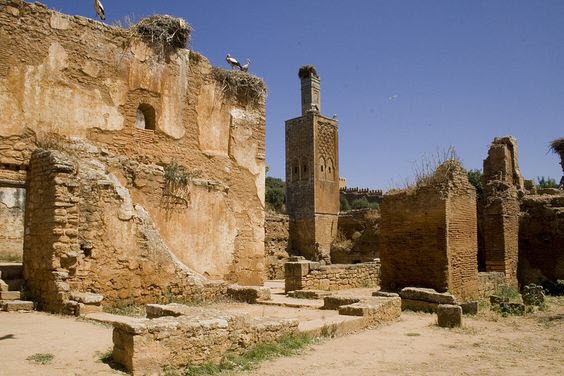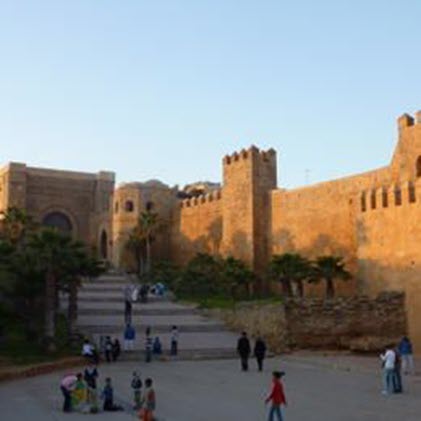Under Rabat, there is a second ‘city,’ a massive maze of catacombs in which the early Christians held their services and buried their dead.
These Christians were not free to express their religion and had to go -literally- underground. It is said that Paul, too, lived in one of these catacombs.
We chose to visit only one part of them, picking the plainest one. The catacombs of St. Paul and St. Agatha seem to have more color and more expressions of religion.
The one we visited was more like a graveyard. It has a significant number of tombs hewn out of the rock.

In 1881 exciting remains of a Roman house (mistakenly called a “villa”) were found at the edge of Rabat. It probably was built in 1 BCE.
The building was constructed over de remaining mosaics, and it houses the Roman Villa Museum of Roman Antiquities.
It shows a version that often occurs in Hellenistic paintings and mosaic compositions. The masterpiece of this museum is this mosaic pavement.
The motif of the central emblema is executed in opus vermiculatum. The rest of the floor is in opus tessellatum. The greatness of the outer pattern touched me: now we know where Escher had his inspiration from!
Just a stone’s throw away from the catacombs is a huge church and this statue, both dedicated to Paul. I have to say: Rabat should be called ‘Paul’s town’…

According to legend, Paul shipwrecked north of Malta, and he and his fellow travelers were rescued by the Maltese. Paul stayed in Malta for 3 months and converted most of the population to Christianity.
To me, it’s like a kind of blaspheme to the Magna Mater who must have been worshipped here for centuries before Jesus was even supposed to be born.
